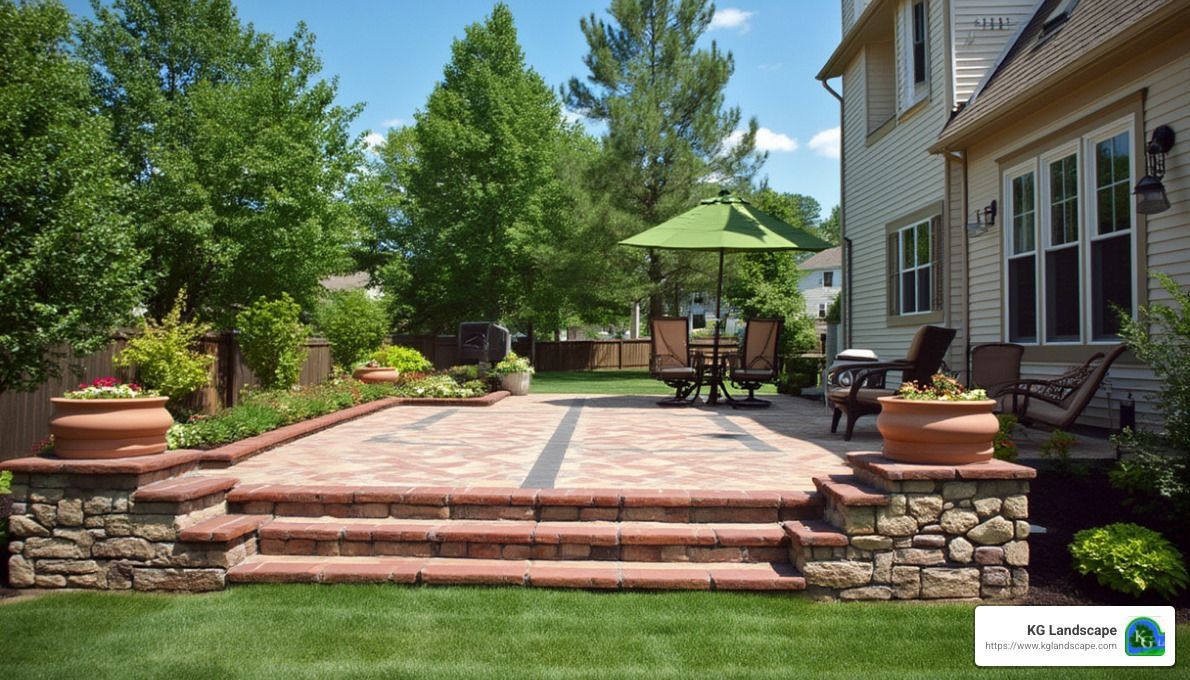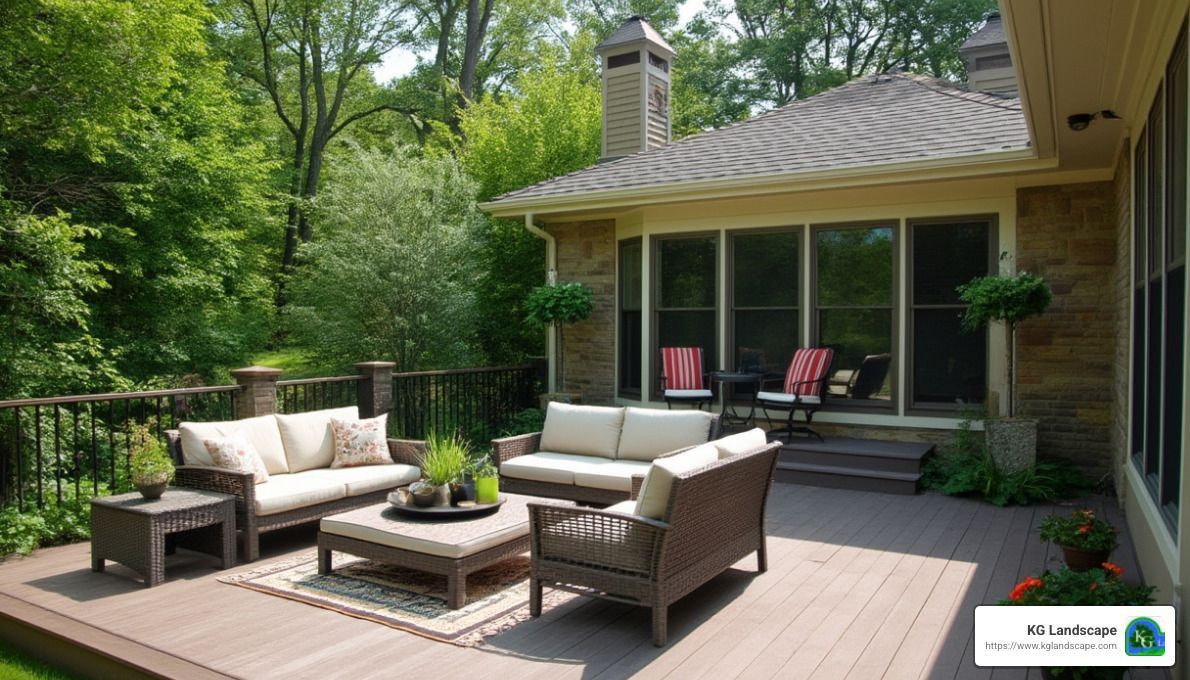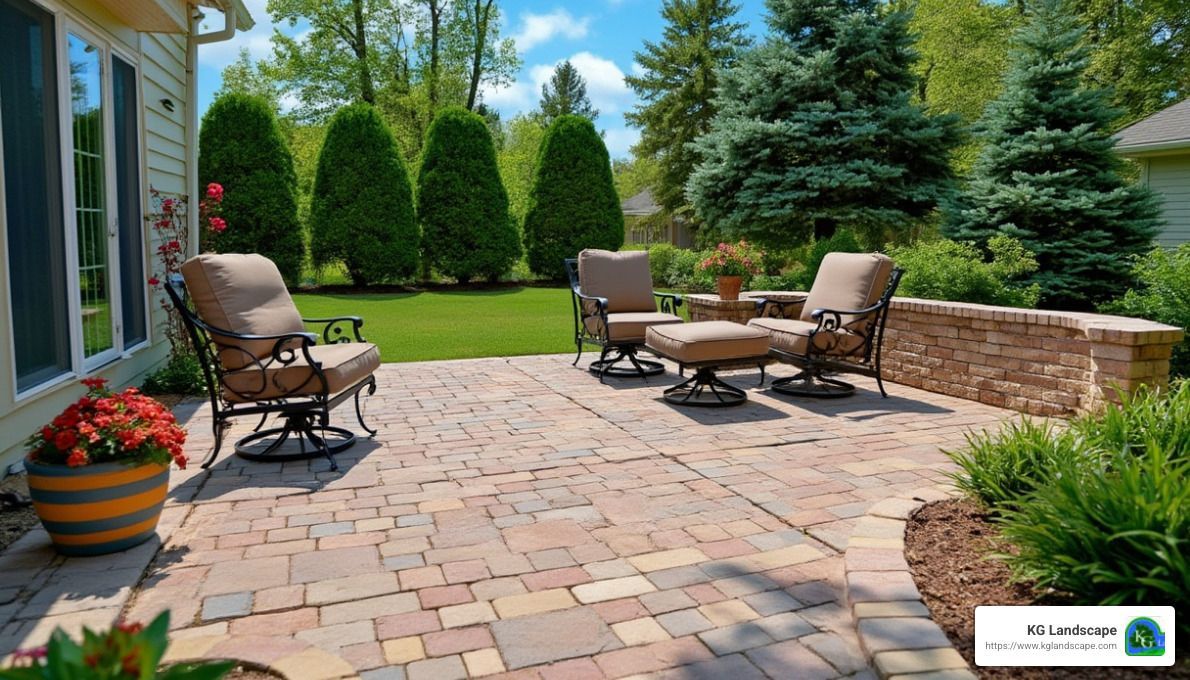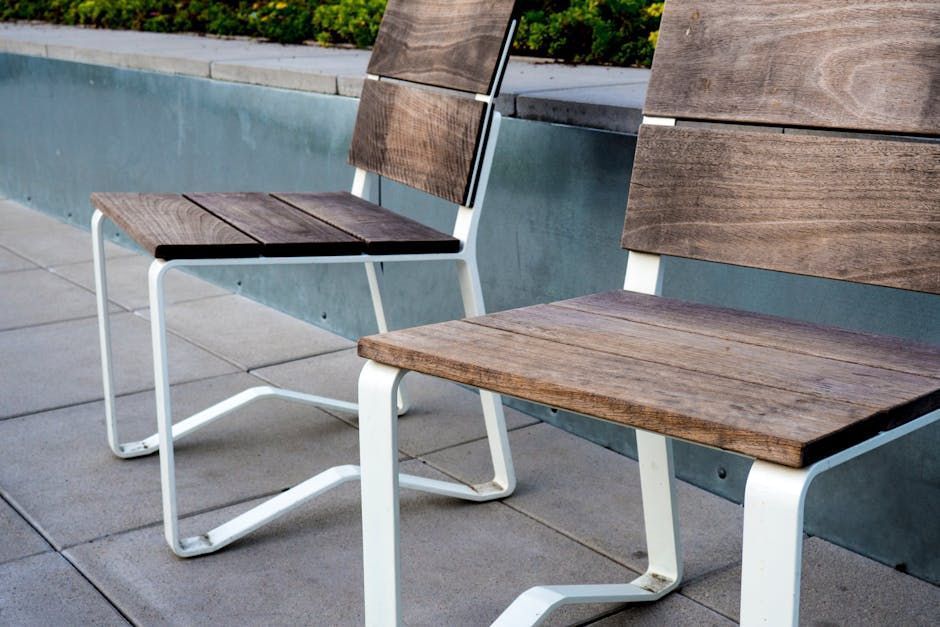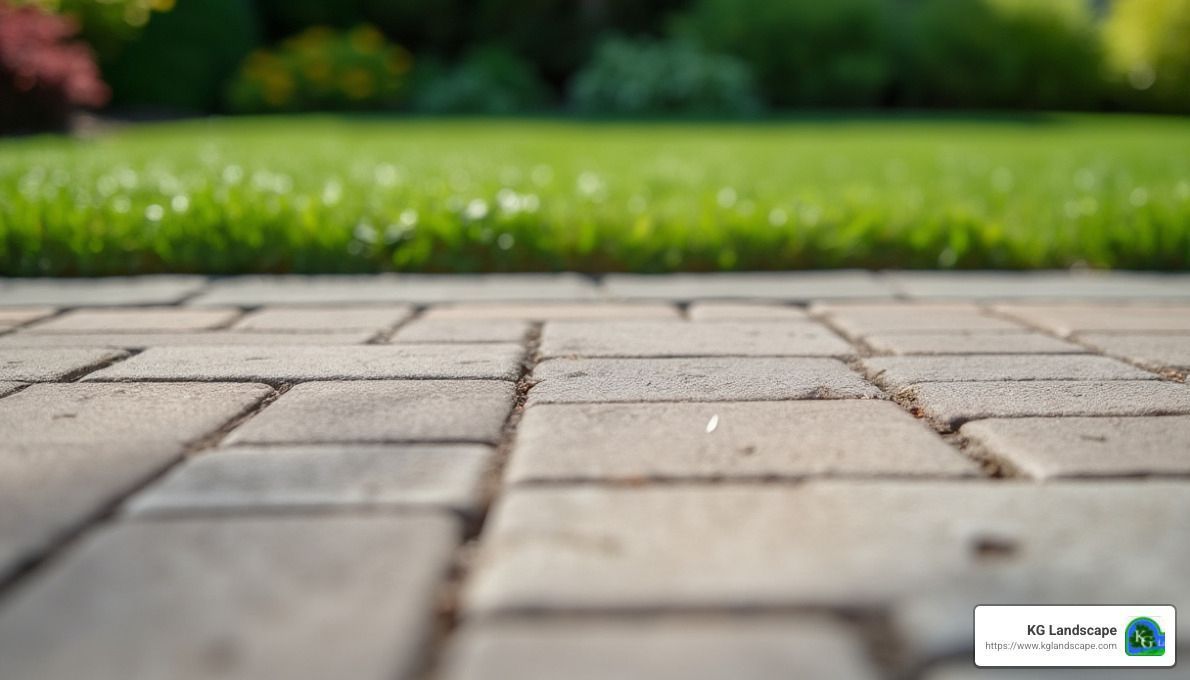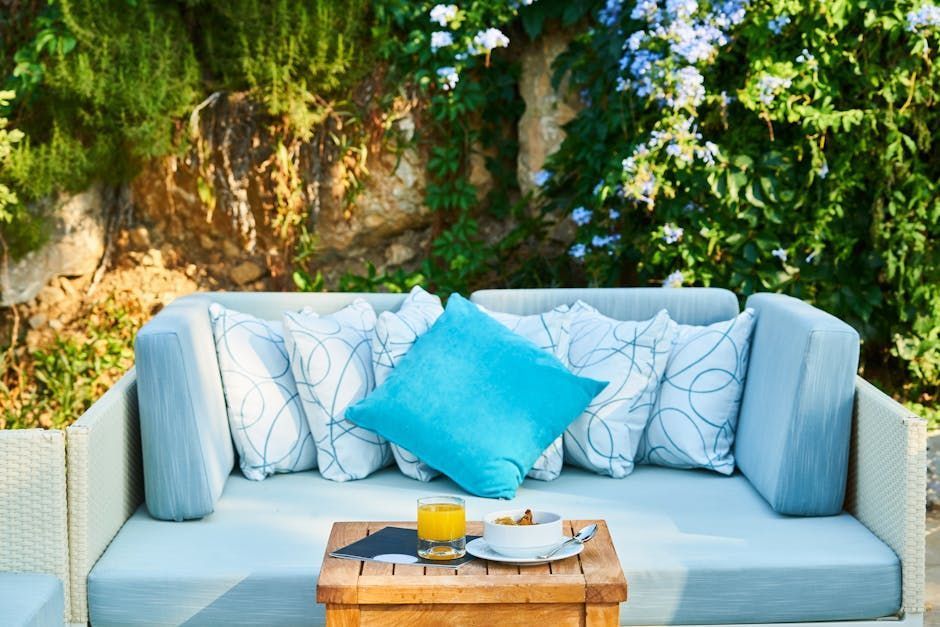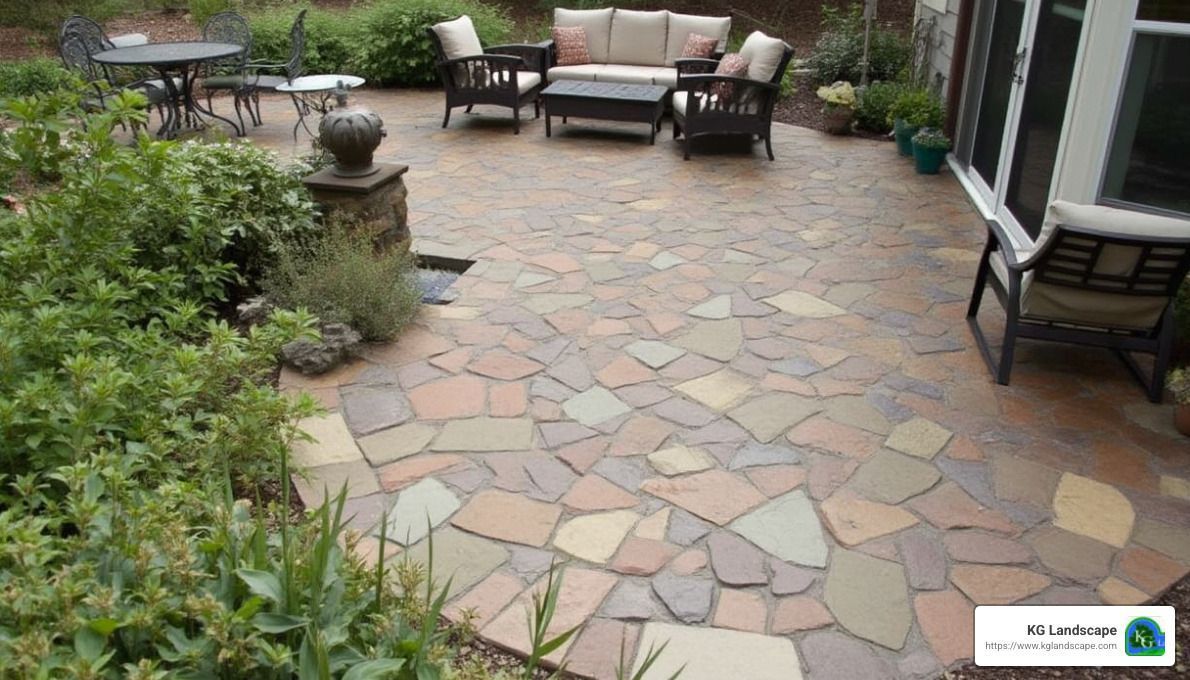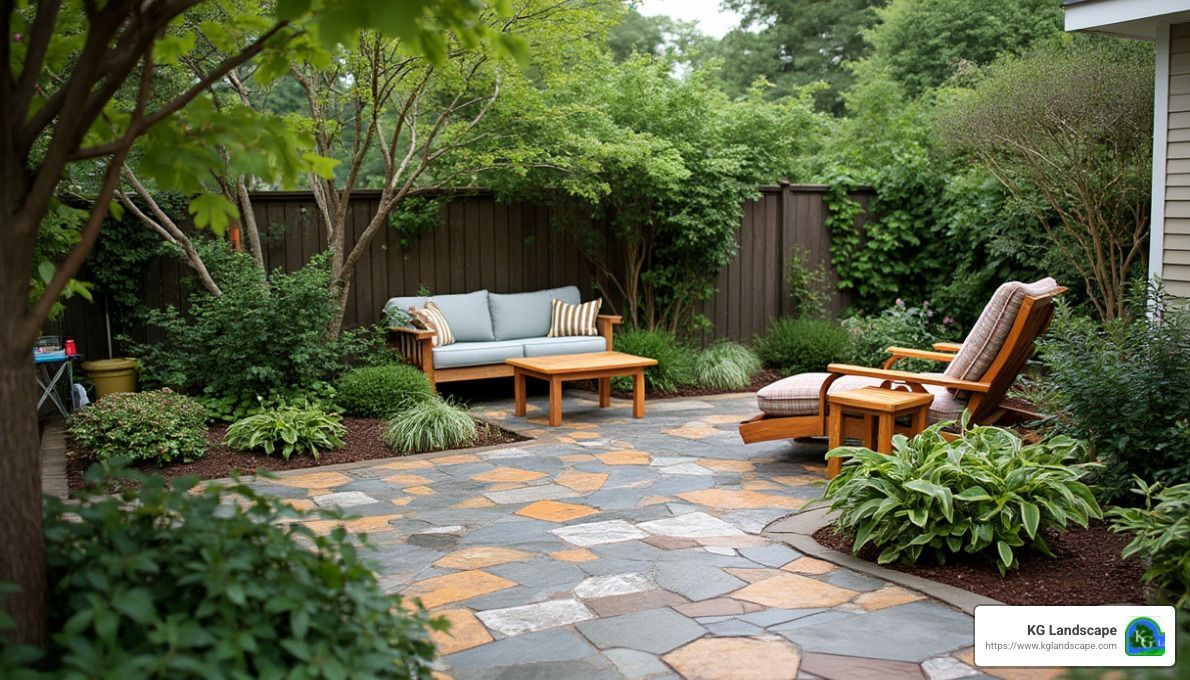Integrate Fruit-Bearing Plants into Your Landscape Design
Whether you’re looking to make your yard more sustainable, or just really like fruit, it’s easy to add fruit-bearing plants to your landscape. The Minneapolis/St. Paul metro area is squarely in hardiness zone 4
, and you can find plenty of fruiting plants that tolerate our winters.
In this post, we’ll focus mostly on replacing traditional plantings with fruit-bearing plants. This route certainly isn’t for everyone, so if you don’t want to get rid of your ornamental plants, these can also be integrated with your existing plantings.
When choosing fruiting plants, it’s important to keep in mind which varieties are self-fertile and which require cross-pollination. Self-fertile plants can be pollinated with flowers of the same plant or same variety, so only one cultivar is needed. Plants which require cross-pollination need a second variety nearby in order to produce fruit.
Hedges
Not loving the look of your hedges anymore? Fruit-bearing bushes such as blueberries, raspberries, and blackberries can take their place. They can take a bit of work to cultivate and keep the fruits safe from birds, but are so worth it.
Blueberries
Blueberries
come in many varieties, and in Minnesota, can generally be found in sizes ranging from a ground-cover plant to a bush 4 feet high. If you’ve traveled to the north shore of Lake Superior, you’ve likely seen lowbush varieties of blueberries, which grow about a foot high and are well-suited to our climate. If you’re looking for something a bit taller, try half-high hybrid varieties. Options include the “Northcountry” variation, developed by the University of Minnesota, which grows 18 to 24 inches high, and “Northblue,” also developed by the U of M, which grows 20 to 30 inches high. Both of these options produce fruits that are perfect for pie. “Northland,” developed in Michigan, grows 3 to 4 feet tall, but the fruit is a little more bland. Because blueberries are only partially self-fertile, it’s recommended to plant two or more varieties together.
Raspberries and Blackberries
Raspberries
and blackberries
are also unique hedge options. Both have the advantage of being self-fertile, so you only need one variety in order for them to produce fruit. Raspberries come in two main types: summer-fruiting and ever-bearing. Summer-fruiting varieties are more common, but you can plant a mix of the two for a longer harvest season. The “Canby” variety is nearly thornless and thrives in cooler climates, and the “Fallgold” is ever-bearing with yellow berries and does well in the Upper Midwest. Blackberries come in three types: erect thorny, erect thornless, and trailing thornless. For a hedge plant, you’ll likely want to choose an erect variety, which can support themselves without a trellis. In the Minneapolis area, try the “Illini Hardy” blackberry, which has thorns but can survive cold weather, or the “Chester” variety, which is thornless and also cold-hardy.
Trees
When you think of fruit trees in Minnesota, you probably think of apple trees. After all, the “Honeycrisp” variety was developed here, and come fall, local orchards advertise their crops everywhere. But here in the Twin Cities, we can also grow pears, plums, and cherries in select cultivars. Some fruit trees are also available in different sizes (standard, semi-dwarf, dwarf, and super dwarf), so be sure to double-check what you’re getting. Fruit trees can be placed just about anywhere other deciduous trees can go. Like with any plant, check how much sun and shade the tree needs.
Apple Trees
Most apple trees need a different variety of apple or crabapple nearby with which to cross-pollinate. Luckily, many types of apple trees grow well in Minnesota, so this shouldn’t be a problem. Varieties that handle cold well include “Honeycrisp,” which provides smallish, red-green apples that are universally beloved, “Haralson,” a medium-sized red apple that is great for pies, and “Northern Spy,” a mostly green apple with red stripes that is also good for cooking. They each provide fragrant blooms in spring. You can use this cross-pollination chart
to see which cultivars can pollinate each other.
Pear Trees
Pears are a little harder to grow in zone 4, but there are a few hardy European varieties that can grow here, including “Flemish Beauty,” which is a medium-to-large-sized pear with yellow-red skin and “Luscious,” which matures early and is very sweet. For a pear that’s better for canning, try the “Golden Spice” cultivar, which is small and yellow- red. The “Golden Spice” variety is also good for urban areas as it does well in pollution. It also has a nice round shape and flowers in the spring. Like apple trees, many pear trees need another variety nearby in order to produce fruit.
Plum Trees
European plum cultivars can only survive to zone 5, but luckily, there are American cultivars that can tolerate our colder temperatures. Try the “Alderman” variety if you’re looking for a tree provides wonderful red fruit but that also has ornamental value, or the “Underwood” plum if you’re more worried about the cold. The “Underwood” cultivar is very hardy, growing north of the Twin Cities as well, and produces a medium-size red fruit. Like many other fruit trees here, these varieties of plums need other trees nearby from which to cross-pollinate.
Cherry Trees
You won’t find many sweet cherry varieties that can tolerate Minnesota’s cold winters, but there are a few sour varieties you can grow here, which are great for pies and jams. One popular cultivar is the “North Star” cherry. It’s a dwarf cherry, only growing to about 10 feet, which is perfect for smaller lawn spaces. Another cultivar that grows here is the “Meteor,” which is a semi-dwarf variety at about 14 feet. The “Meteor” variety in particular is noted as being very hardy. Like the other fruit trees here, cherry trees are not self-fertile, and require other trees nearby for pollination.
Other Perennials
If you’re looking to replace your flower gardens with something edible, try strawberries or rhubarb.
Strawberries
Strawberries
have a lovely white flower in the spring, and most home-garden varieties provide fruit right away in June. Try the “Honeoye” or “Cavendish” cultivars for flavorful berries that can withstand our seasons. The “Honeoye” has the added benefit of being disease-resistant, making it a popular choice. Alpine strawberries are a good option if you have a more shaded yard. They’re essentially the same plant you may see growing in the wild. The plants remain small and don’t produce as many berries, but they are just as lovely.
Rhubarb
I know, I know, rhubarb
is a vegetable. However, it’s usually prepared as a fruit (think rhubarb crumble), or is combined with fruits in cooking, which is why we’re including it here. Rhubarb is a hardy perennial that does not flower, but its pinkish-red stalks add color to any garden bed. These stalks can be harvested fairly early in the growing season. The “Victoria” cultivar seems to be one of the most popular, along with “Canada Red.” You can also find varieties with stalks that stay more green, or that are speckled pink.
Grape Arbors
One more way to add fruit to your landscape design is to cultivate grapevines on an arbor
. Seedless grapes don’t grow well in Minneapolis, but there are plenty of seeded grapes that can survive our winters. Luckily, these varieties can be eaten fresh or made into juice, jelly, or even wine.
For juice or jelly, the “Bluebell” variety is very popular. The berries look and taste like Concord grapes, and the plant is very hardy for zone 4, even into zone 3. “Wordon” is another cultivar that provides grapes good for juice and jelly, with the added benefit of having good disease resistance.
If you’re looking to harvest grapes for wine, the “Edelweiss” variety is a sweet, hardy yellow-green grape. “Frontenac” grapes are available in regular, gris, and blanc varieties, depending on what kind of wine you’re looking to make. “LaCrescent” grapes are another variety hardy enough for Minnesota, with yellow-pink berries.
Growing fruit-bearing plants may take more TLC than traditional, more ornamental plants, but the labor pays off in the end. For more information about growing specific plants and varieties in Minnesota, visit the University of Minnesota’s Extension Service
, which has tons of resources for gardeners.
Ready to redo your gardens or landscaping? Let the experts at KG Landscape
help. Give us a call at 763-568-7251 or use our quick quote system
to get in touch today.
The post Integrate Fruit-Bearing Plants into Your Landscape Design
appeared first on KG Landscape Management.






